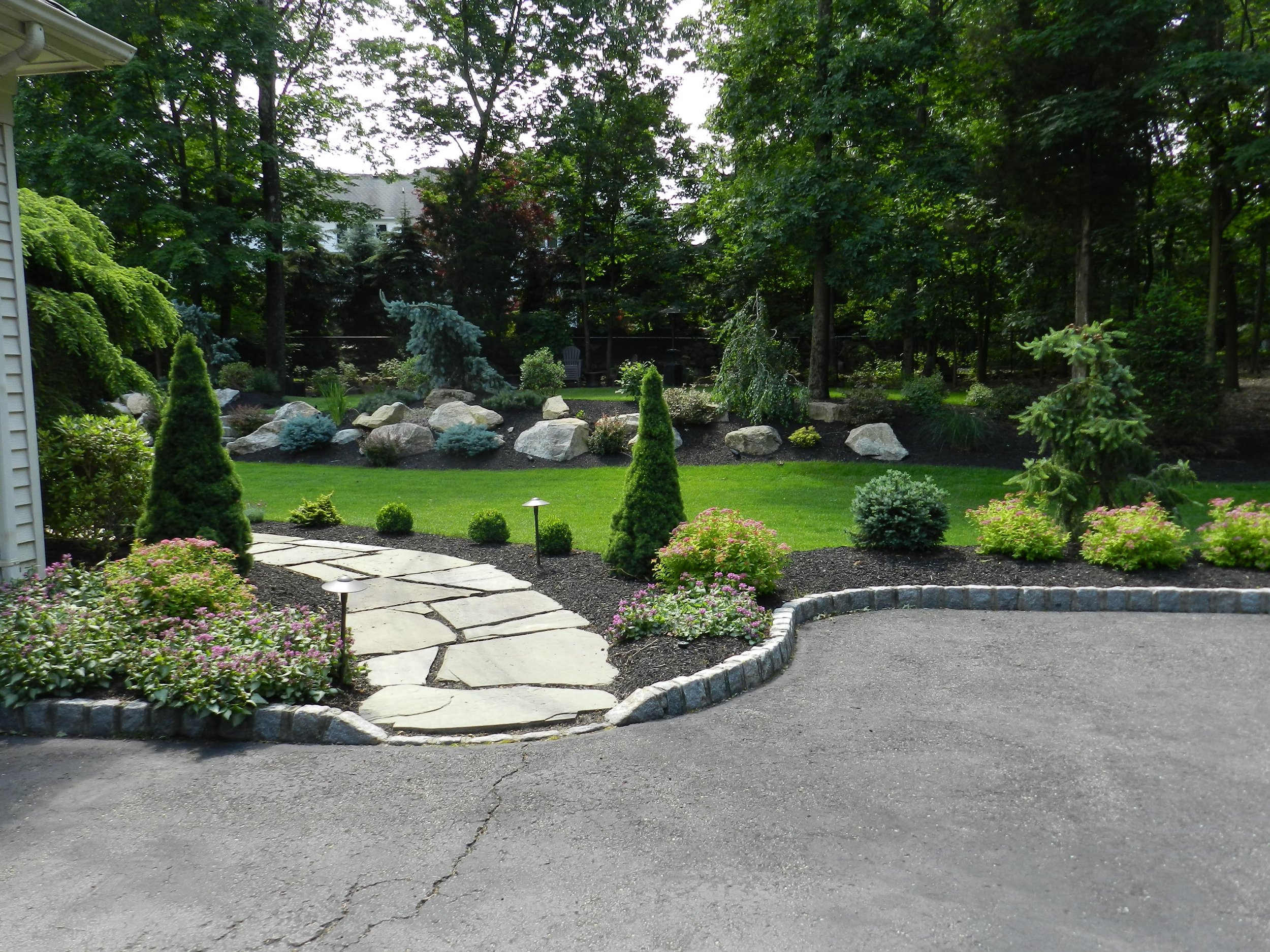Landscape Design in Denville and Mendham Township, NJ: Creating Tranquil Outdoor Spaces
When envisioning a serene retreat right outside your door, the benefits of expert landscape design cannot be overstated. A thoughtfully designed outdoor space offers more than just visual appeal; it provides a haven where relaxation comes naturally. For Denville and Mendham Township, NJ, homeowners, working with a skilled landscape designer ensures that every aspect of the outdoor environment is tailored to promote tranquility and comfort.
Understanding the Role of Natural Elements
A tranquil outdoor space begins with selecting the right plantings and natural elements. Native plantings are often favored for their ability to thrive in the local climate and because they offer a lush, natural appearance. Combining textures, colors, and heights creates visual interest without overwhelming the senses.
In addition to plantings, your landscape designer will work with you to integrate natural materials like stone and wood. These elements enhance the visual appeal of the space and add a tactile dimension that invites interaction. A stone walkway, for example, can guide the way through your landscape, while a wooden pergola provides shade and a sense of enclosure, creating a cozy nook for relaxation.
The Power of Water Features
Water has a unique ability to soothe and calm, making it a popular choice for tranquil landscape designs. Whether through a small fountain or a more expansive pond, the sound and sight of water can transform your outdoor space into a peaceful retreat. The gentle trickle of a fountain can drown out the noise of the outside world, while a pond with aquatic plantings and fish can serve as a focal point for reflection and meditation.
Placement is key when incorporating water features into a landscape. A fountain tucked into a quiet corner can create a private oasis, while a pond near a seating area invites you to linger and enjoy its serenity. The choice of materials—such as natural stone for the pond’s edge or a sleek, modern design for the fountain—should align with the overall aesthetic of the space, ensuring the water feature enhances the tranquility without disrupting the harmony of the design.
Creating Flow and Balance in the Design
A tranquil outdoor space should feel cohesive and balanced, with each element contributing to a sense of flow. This can be achieved through careful layout planning, ensuring that different areas of your water garden are connected yet distinct. For instance, a transition from a sunlit patio to a shaded walkway can be softened with strategically placed plantings that guide the eye and create a sense of continuity.
Balance in landscape design often comes down to the distribution of hard and soft landscape features. Hard surface features, such as patios, walkways, and retaining walls, provide structure and functionality, while soft features—plantings, blooms, and trees—bring life and movement to your space. For example, a stone patio can be softened with potted plantings or a low hedge, creating a seamless blend of nature and architecture.
The Role of Landscape Lighting in Tranquil Spaces
Landscape lighting plays a critical role in extending the tranquility of your outdoor space into the evening hours. Soft, ambient outdoor lighting can highlight your landscape’s natural beauty while creating a peaceful atmosphere. Your landscape designer can use low-voltage lights to illuminate walkways, subtly guiding you through the backyard without overpowering the space.
The choice of outdoor lighting fixtures is just as important as the placement. Lantern-style lights can add a touch of charm and warmth, while modern, minimalist fixtures can contribute to a sleek, contemporary look. The goal is to enhance the space without distracting from its natural beauty, allowing the landscape to shine even after sunset.
Incorporating Zones for Relaxation
A tranquil outdoor space often includes designated areas for different forms of relaxation. A quiet corner with a comfortable bench or a hammock provides a space for solitary reflection, while a more open area with seating invites gatherings with friends and family. The placement of these zones should be carefully considered to ensure each area feels private and connected to the overall design.

